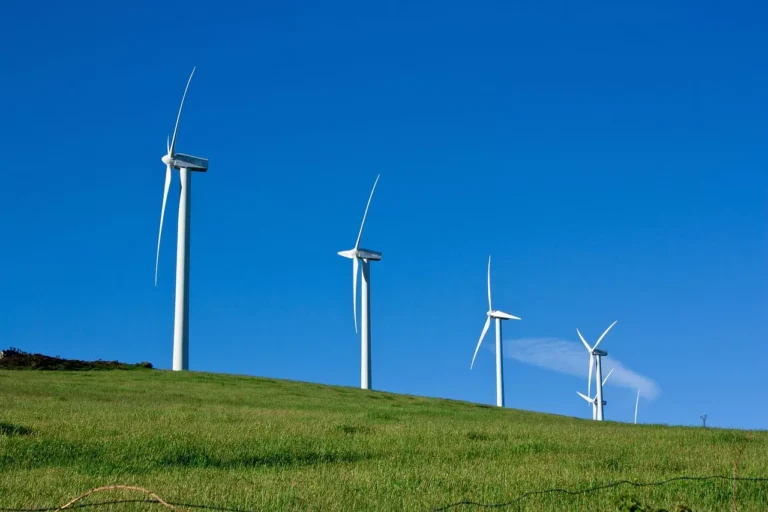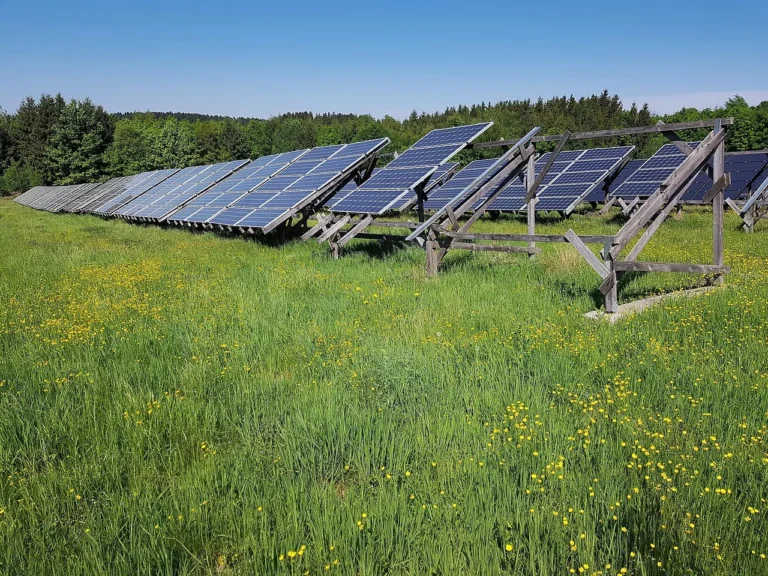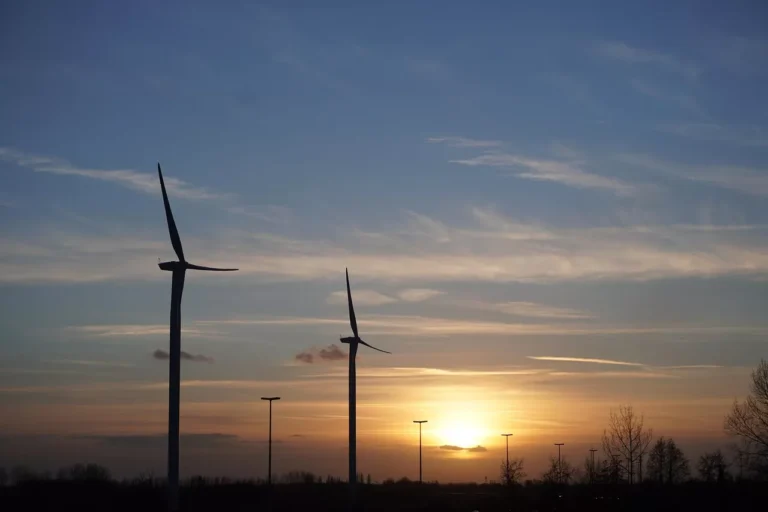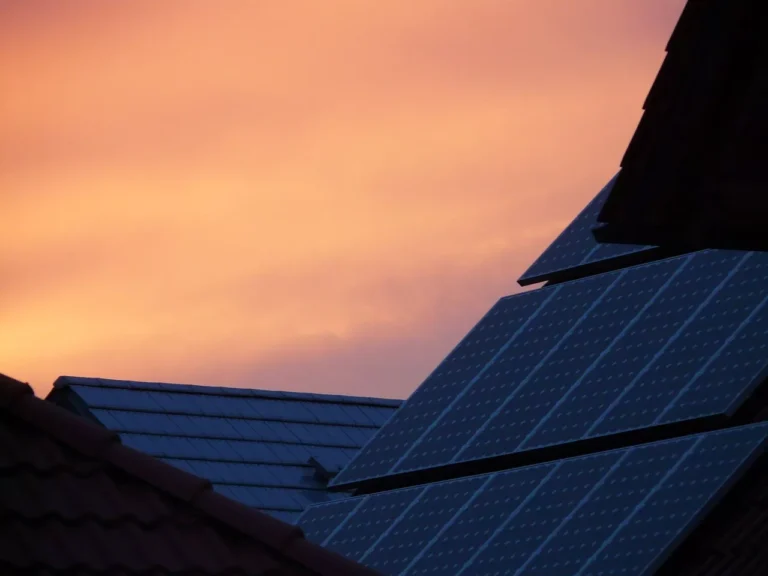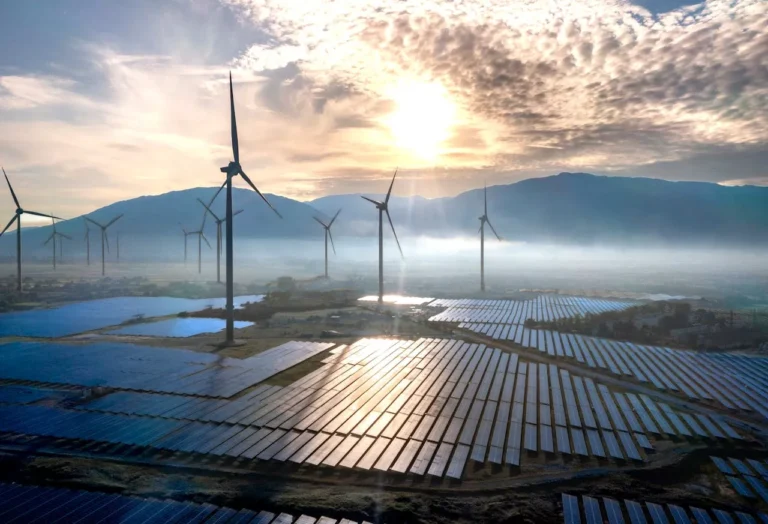
Duke Energy Florida Enhances Storm Readiness with Stronger Infrastructure and Smart Grid Technology
As the 2025 Atlantic hurricane season officially kicked off on June 1, Duke Energy Florida reaffirmed its year-round commitment to preparing for extreme weather events by bolstering its infrastructure and implementing cutting-edge technology. Serving nearly 2 million customers across the state, the company is intensifying its resilience and response strategies to minimize power disruptions and accelerate recovery after storms.
A Proactive Approach to Hurricane Preparedness
Melissa Seixas, President of Duke Energy Florida, underscored the company’s ongoing mission to enhance grid reliability and customer service in the face of severe weather.
“I’m extremely proud of how we’ve responded to storms in the past, but we’re determined to keep getting better,” said Seixas. “We’ve been working, and will continue working every single day, to harden our equipment and implement state-of-the-art technology that will make our electric grid more efficient and resilient, ready for when the next storm hits. Our customers deserve nothing less.”
This proactive mindset drives Duke Energy Florida’s comprehensive investments in grid hardening and smart systems, with the ultimate goal of protecting customers and infrastructure alike.
Grid Hardening: Building Stronger Systems
Over the past five years, Duke Energy Florida has made substantial progress in reinforcing its electric infrastructure. One of the most impactful efforts includes replacing nearly 60% of its wooden transmission poles with steel or concrete alternatives—materials proven to better withstand hurricane-force winds. The company is on track to complete this transition by 2028.
Additionally, the company has aggressively pushed forward with undergrounding its distribution lines. Approximately 50% of Duke Energy Florida’s distribution system is now buried underground, providing greater insulation from the wind, falling trees, and other storm-related damage. This includes focused efforts to relocate existing overhead lines in areas that historically experience frequent outages.
Substation resilience has also improved significantly. The company has already completed hardening projects at 38 substations, with over 30 more currently under construction or in planning.
Vegetation management plays a key supporting role in storm preparation. In 2024 alone, Duke Energy Florida’s arborist teams conducted over 4,000 miles of proactive tree trimming on distribution lines, reducing the risk of branches or fallen trees disrupting electrical service. This year, nearly 660 miles of additional trimming on transmission lines is planned.
Smarter Tools, Faster Restorations
Beyond physical upgrades, Duke Energy Florida is also deploying advanced technology to detect and respond to outages in real time. A key innovation is its “self-healing” technology — intelligent systems that work much like GPS navigation, automatically identifying outages and rerouting power to restore service quickly. More than 75% of customers in Duke Energy Florida’s territory now benefit from this technology.
During major weather events, self-healing systems have significantly reduced the duration of outages. Notable examples include:
- 3.3 million outage hours saved during Hurricane Milton
- 1.8 million outage hours saved during Hurricane Helene
- 208,000 outage hours saved during Hurricane Debby
These tools have become essential to Duke Energy Florida’s ability to minimize downtime and maintain service continuity during and after hurricanes.
Improved Performance in Recent Storms
These infrastructure and technological advancements have produced tangible results. During the 2024 hurricane season, Duke Energy Florida demonstrated faster restoration rates:
- After Hurricane Milton, 95% of outages (excluding the most severely affected zones) were restored within 96 hours.
- After Hurricane Helene, 95% of customers able to receive power had service restored within 72 hours.
- Following Hurricane Debby, 95% of outages were resolved within 24 hours.
These rapid response times reflect not only the physical strength of the modernized grid but also the strategic coordination of restoration crews and systems. Overall, from 2018 to 2024, the company reduced the average customer outage duration by 27%.
Helping Customers Prepare
Duke Energy Florida also emphasizes the importance of customer readiness. The company is urging residents to take proactive steps ahead of major storms, including:
- Assembling or updating an emergency supply kit with essentials such as medication, water, non-perishable food, flashlights, and batteries—enough to last at least two weeks.
- Planning for extended power outages, particularly for vulnerable populations such as the elderly and individuals with medical needs.
- Registering for Outage Alerts to stay informed in real time.
- Knowing how to report outages through the Duke Energy mobile app, website, by texting “OUT” to 57801, or calling 800.228.8485.
The company also reminds customers that during restorations, its crews prioritize critical infrastructure such as hospitals, water treatment facilities, and emergency services before moving on to restore power to the largest number of customers as efficiently and safely as possible.





